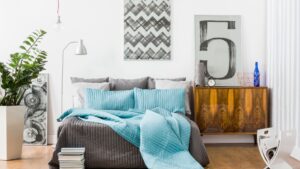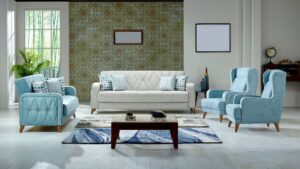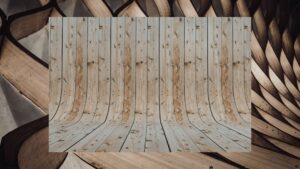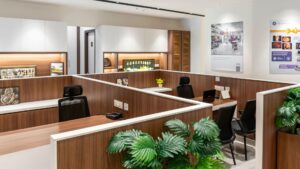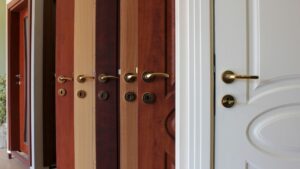When you plan to make new furniture, whether it’s a sleek wardrobe, a cosy bed, or just a stylish study table, one of the first questions that might come to your mind is, should you use blackboard or plywood? It’s a common confusion and rightly so. Both the materials are widely used in furniture making and both have their own strength. But depending on where and how you are planning to use them one might suit your needs better than the other stop
Understand the basics
Plywood is made by bonding thin layers of wood together with adhesive under high pressure and heat. Each layer is placed at right angles to the previous one. The cross grid structure gives plywood its excellent strength stability and resistance to cracking and warping stop in short plywood is the go to material for high end furniture modular designs and areas exposed to moisture like kitchens and bathrooms
Key Features of Plywood:
- Highly durable and strong
- Resistant to warping and cracking
- Ideal for curved or intricate furniture designs
Block board on the other hand is made by placing softwood strips between two layers of veneers and then pressing them together. It’s lighter than plywood and doesn’t bend very easily making it a perfect choice for long straight furniture pieces like doors and tables.
Key Features of Blockboard:
- Lightweight and easy to handle
- Strong and resistant to bending
- Ideal for doors, tables, bookshelves, and wall panels
- Provides a smooth surface for laminates and veneers
A simple comparison
| Feature | Plywood | Blockboard |
| Composition | Thin layers (veneers) of wood | Solid wood strips sandwiched between veneers |
| Strength | Very strong and long-lasting | Strong, but slightly less than plywood |
| Weight | Heavier | Lighter and easier to work with |
| Resistance to Warping | Excellent (especially with Duroply BWR or Marine) | Very good for long panels; may warp under heavy moisture |
| Ideal Use | Furniture, kitchens, curved designs, interiors | Doors, tables, shelves, partitions |
| Finish | Smooth and premium | Smooth and uniform |
| Price | Slightly higher | More economical |
When to Use Plywood
Choose plywood when you need:
- High strength and durability – for furniture that needs to bear weight or last decades.
- Resistance to moisture – especially for kitchens, bathrooms, and humid climates.
- Complex shapes – if your furniture has curves, bends, or fine details.
- Premium finish – for a polished, high-end look.
When to Use Blockboard
Choose blockboard when you need:
- Lightweight panels – perfect for tall wardrobes, doors, or large shelves.
- Straight designs – great for long furniture pieces that don’t require bending.
- Economical yet durable – a cost-effective solution for home interiors.
- Ease of handling – easier to cut, transport, and install.
Which one should you choose?
If you are still wondering which is better, block board or plywood, then it’s very important for you to understand. For durability, moisture resistance and high end designs choose plywood. If you’re looking for lightweight straight and economical furniture choose blockboard. Both are amazing materials but when you buy from Duroply you can be confident that whichever you choose you are getting unmatched quality strength and value. At the end of the day your furniture is not just about looks it’s all about lasting performance and that is exactly what the company stands for. So whether it’s plywood or block board make sure it’s from the right brand because your furniture deserves nothing but the best.


